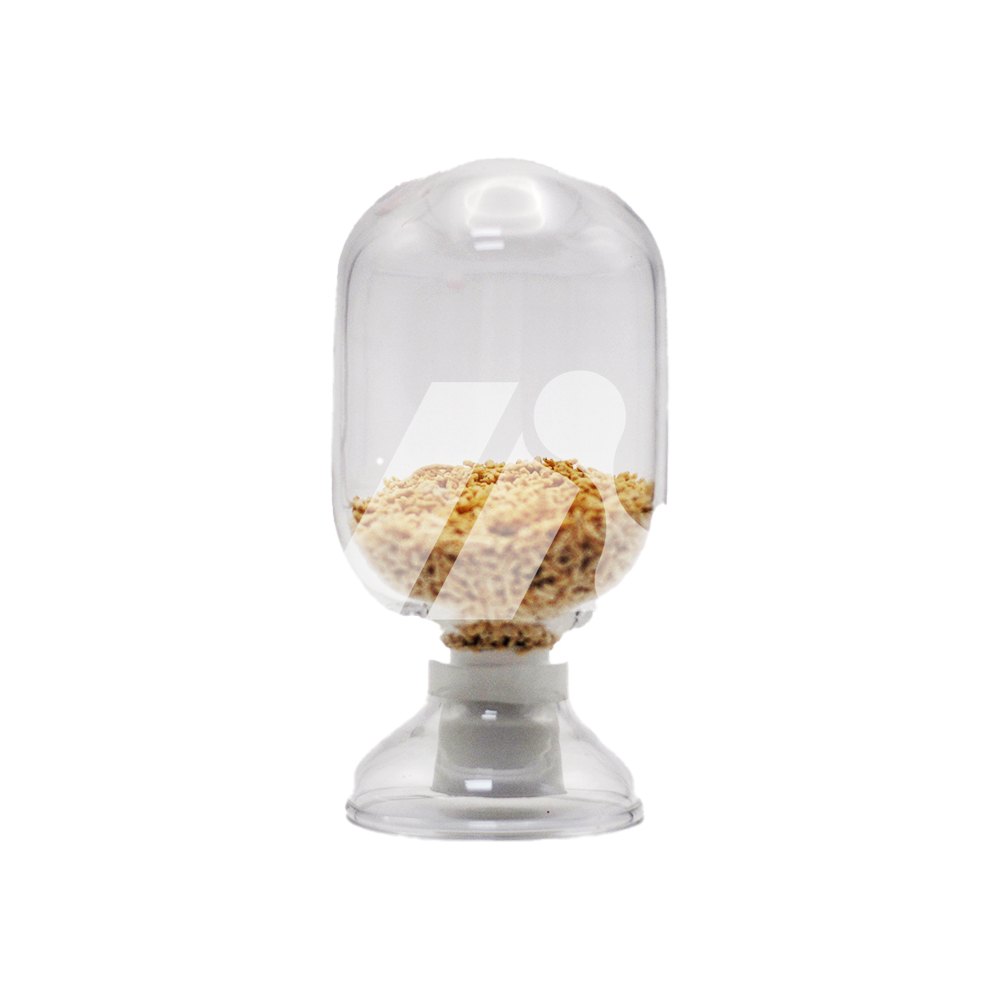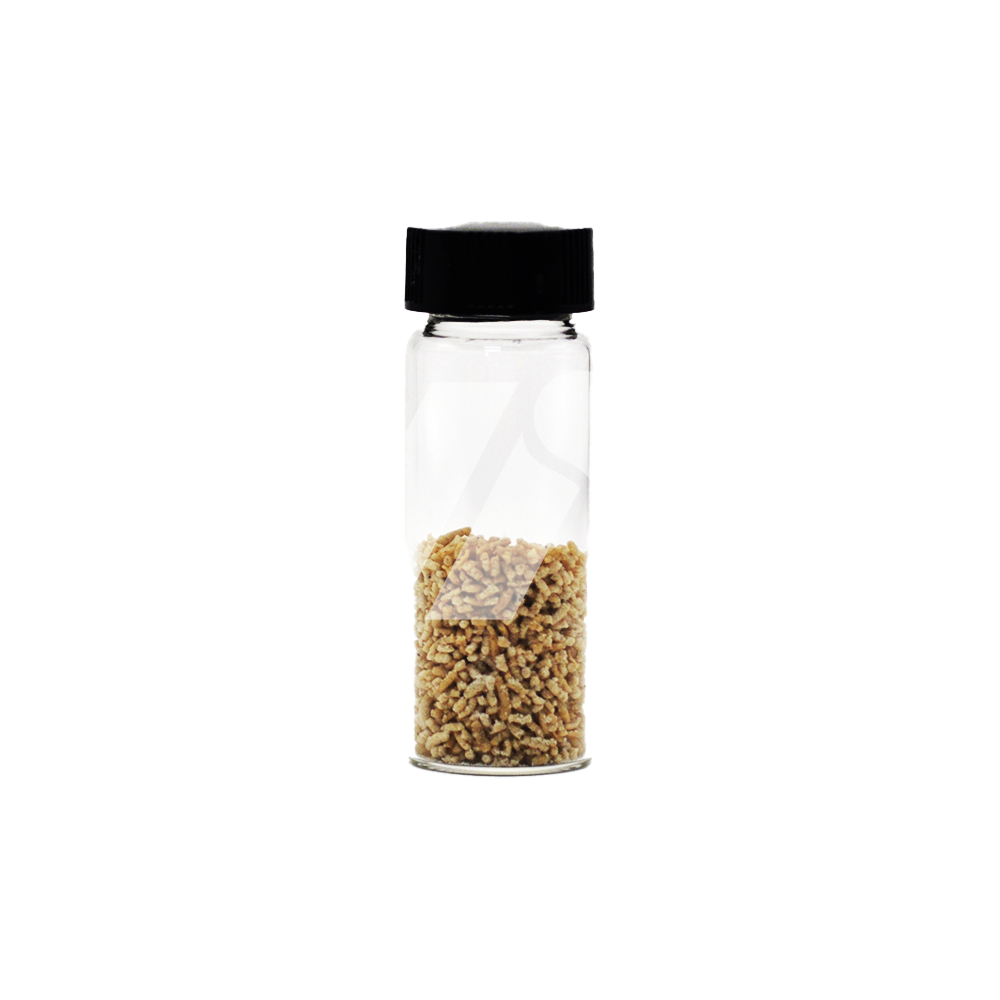CAS No.: 138261-41-3
Empirical Formula: C9H10CIN5O2
EINECS: 200-835-2
Appearance: Light Yellow to Yellow Granules
Origin: CHINA
Control objects: Mainly used to control aphids, whiteflies, leafhoppers and other pests.
How to use: Generally, 3-10.g of active ingredients are used per acre, mixed with water for spraying or seed dressing.
Application time: It is recommended to apply pesticides in the early stages of pest occurrence to improve the control effect.
IMPORTANT NOTICE:
1. Mixing taboos: Do not mix with alkaline pesticides or substances.
2. Safety protection: Pay attention to protection when applying medicine to avoid contact with skin and inhalation of medicine powder and liquid. After using the medication, wash the exposed area promptly with clean water.
3. Environmental conditions: It is not advisable to spray under strong sunlight to avoid reducing the efficacy of the medicine.
4. Safety interval: There should be a 20-day safety interval after application.
Basic Info.
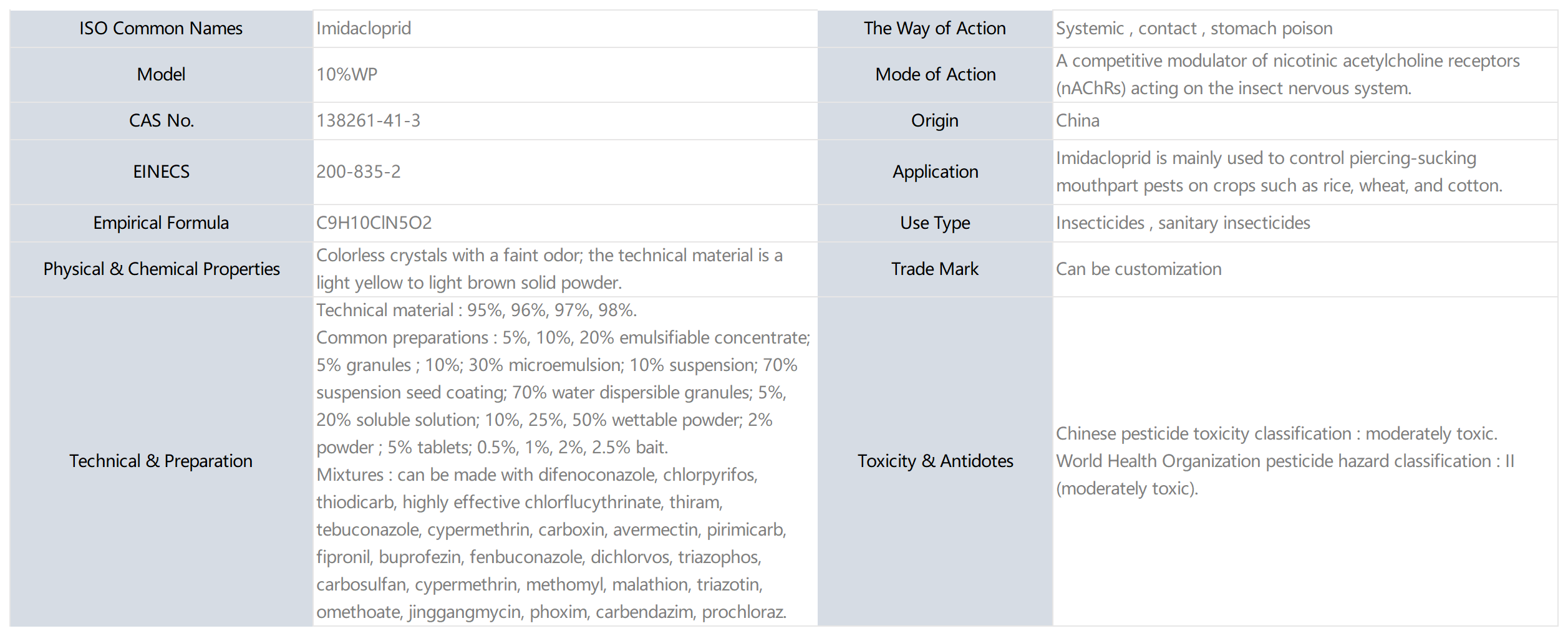
Storage Contiditions: Store airtight in a cool, dry warehouse. Keep away from oxidizing agents.
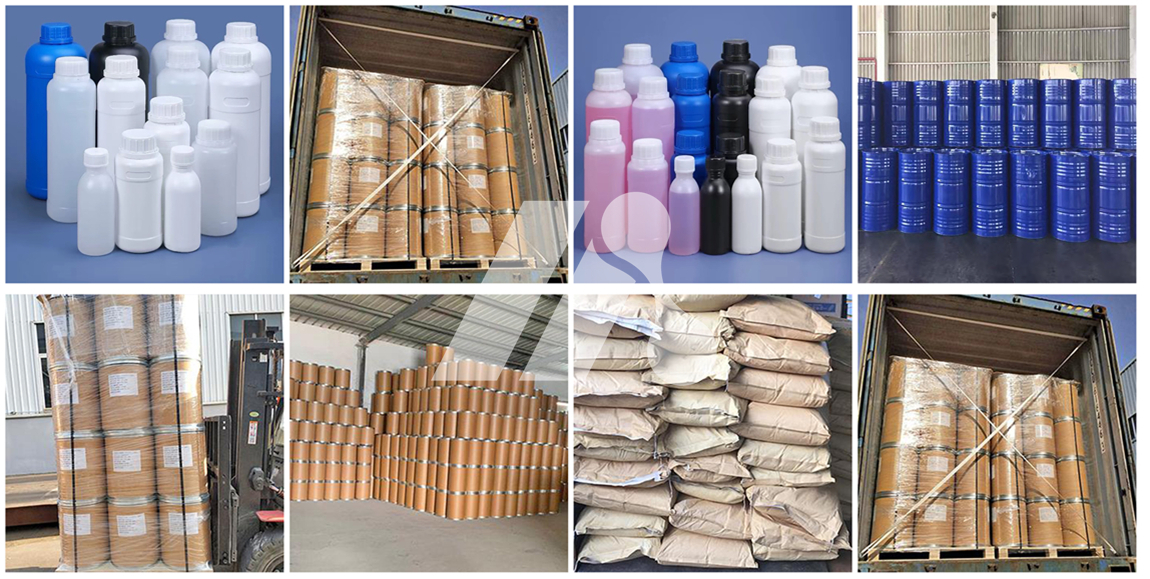
-
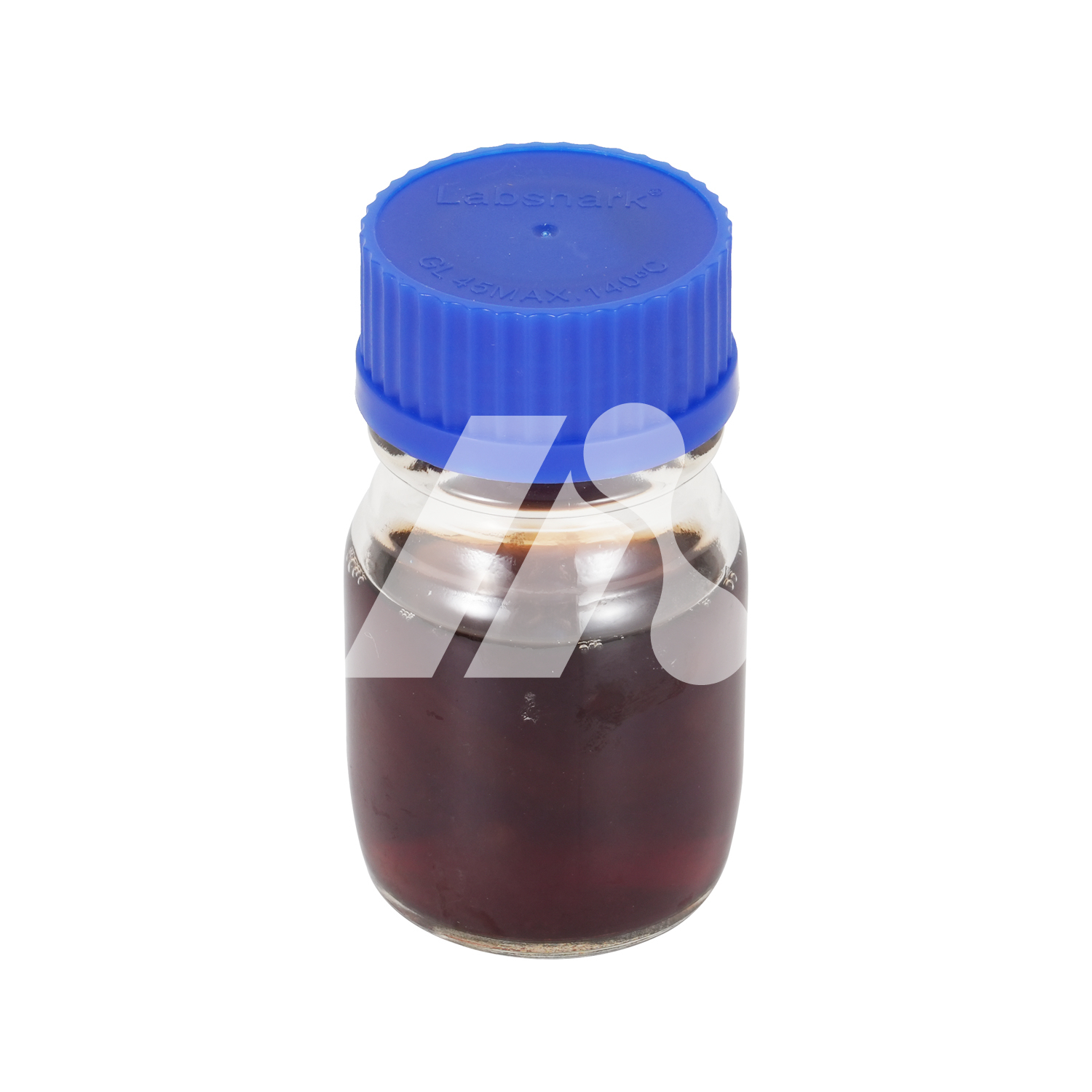 Fosthiazate 95%
The main action mode of Fosthiazate is to inhibit the synthesis of acetylcholinesterase in root-knot nematodes. It has strong contact killing activity and is also highly active against some pests that have developed resistance to traditional insecticides. Thiazophos is mainly used to control nematodes, aphids, etc. It is one of the few nematode-killing products and is suitable for the production of pollution-free vegetables.
CAS No.: 98886-44-3
1 kg (MOQ)
Fosthiazate 95%
The main action mode of Fosthiazate is to inhibit the synthesis of acetylcholinesterase in root-knot nematodes. It has strong contact killing activity and is also highly active against some pests that have developed resistance to traditional insecticides. Thiazophos is mainly used to control nematodes, aphids, etc. It is one of the few nematode-killing products and is suitable for the production of pollution-free vegetables.
CAS No.: 98886-44-3
1 kg (MOQ)
-
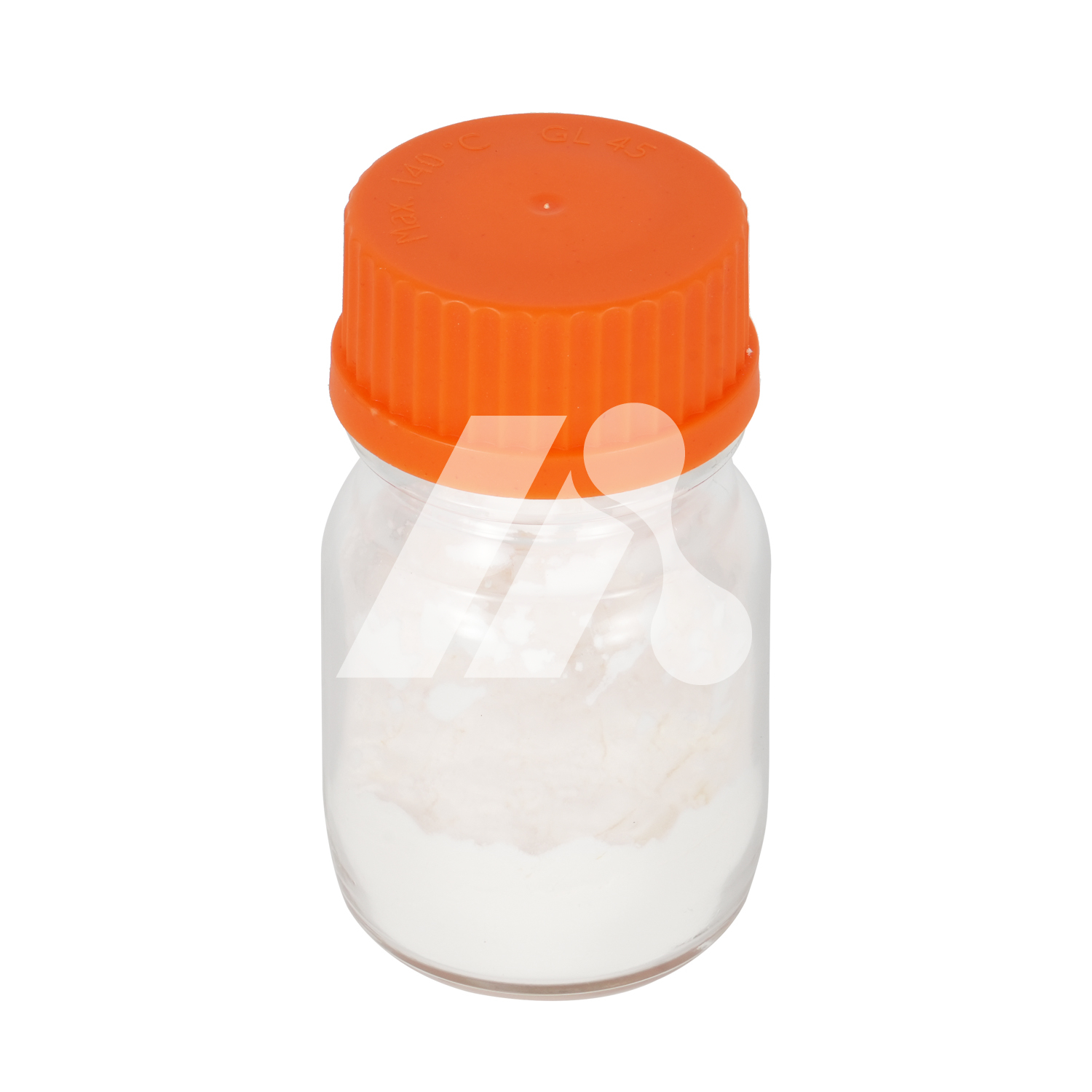 Thiamethoxam 98%
Thiamethoxam has contact, gastric, and systemic activities, and has higher activity, better safety, wider insecticidal spectrum, fast action, and long duration of effect. It is an ideal alternative to those with high toxicity to mammals and Better varieties of organophosphorus, carbamate, and organochlorine pesticides that have residual and environmental problems. It is highly active against Coleoptera, Diptera, Lepidoptera, especially Homoptera pests, and can effectively control various aphids, leafhoppers, planthoppers, mealybugs, chafer Chemicalbook larvae, potato beetles, nematodes, and ground beetles. , leafminers and other pests as well as pests that are resistant to various types of chemical pesticides.
CAS No.: 153719-23-4
1 kg (MOQ)
Thiamethoxam 98%
Thiamethoxam has contact, gastric, and systemic activities, and has higher activity, better safety, wider insecticidal spectrum, fast action, and long duration of effect. It is an ideal alternative to those with high toxicity to mammals and Better varieties of organophosphorus, carbamate, and organochlorine pesticides that have residual and environmental problems. It is highly active against Coleoptera, Diptera, Lepidoptera, especially Homoptera pests, and can effectively control various aphids, leafhoppers, planthoppers, mealybugs, chafer Chemicalbook larvae, potato beetles, nematodes, and ground beetles. , leafminers and other pests as well as pests that are resistant to various types of chemical pesticides.
CAS No.: 153719-23-4
1 kg (MOQ)
-
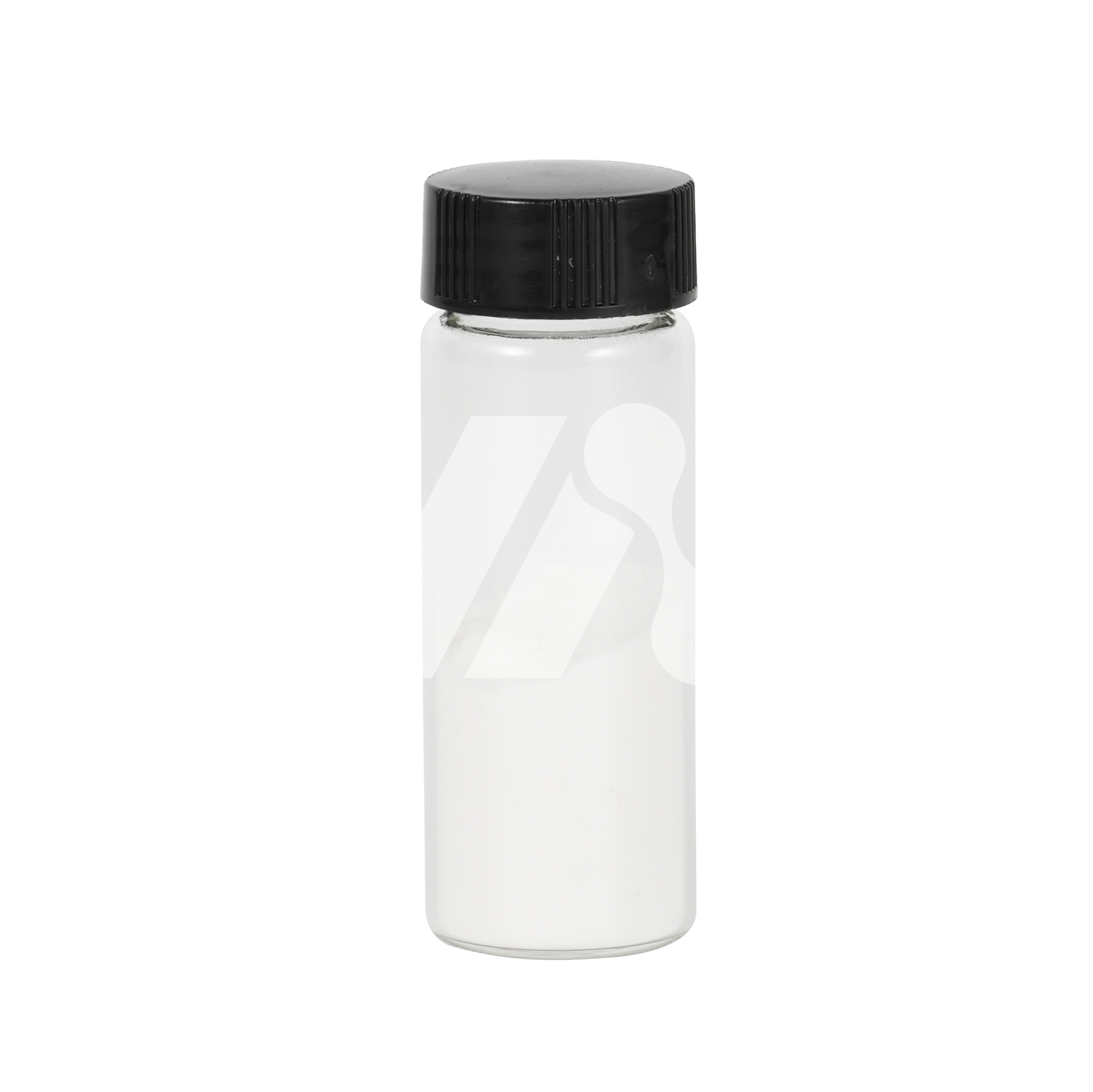 Pymetrozine 96%
Pymetrozine is low in toxicity and has little effect on natural enemies, acting only on pests with piercing-sucking mouthparts. The compound is non-irritating to the skin and eyes and is non-mutagenic. It has very low toxicity to mammals and is also very safe for birds, fish, bees, etc.
CAS No.: 123312-89-0
1 kg (MOQ)
Pymetrozine 96%
Pymetrozine is low in toxicity and has little effect on natural enemies, acting only on pests with piercing-sucking mouthparts. The compound is non-irritating to the skin and eyes and is non-mutagenic. It has very low toxicity to mammals and is also very safe for birds, fish, bees, etc.
CAS No.: 123312-89-0
1 kg (MOQ)
-
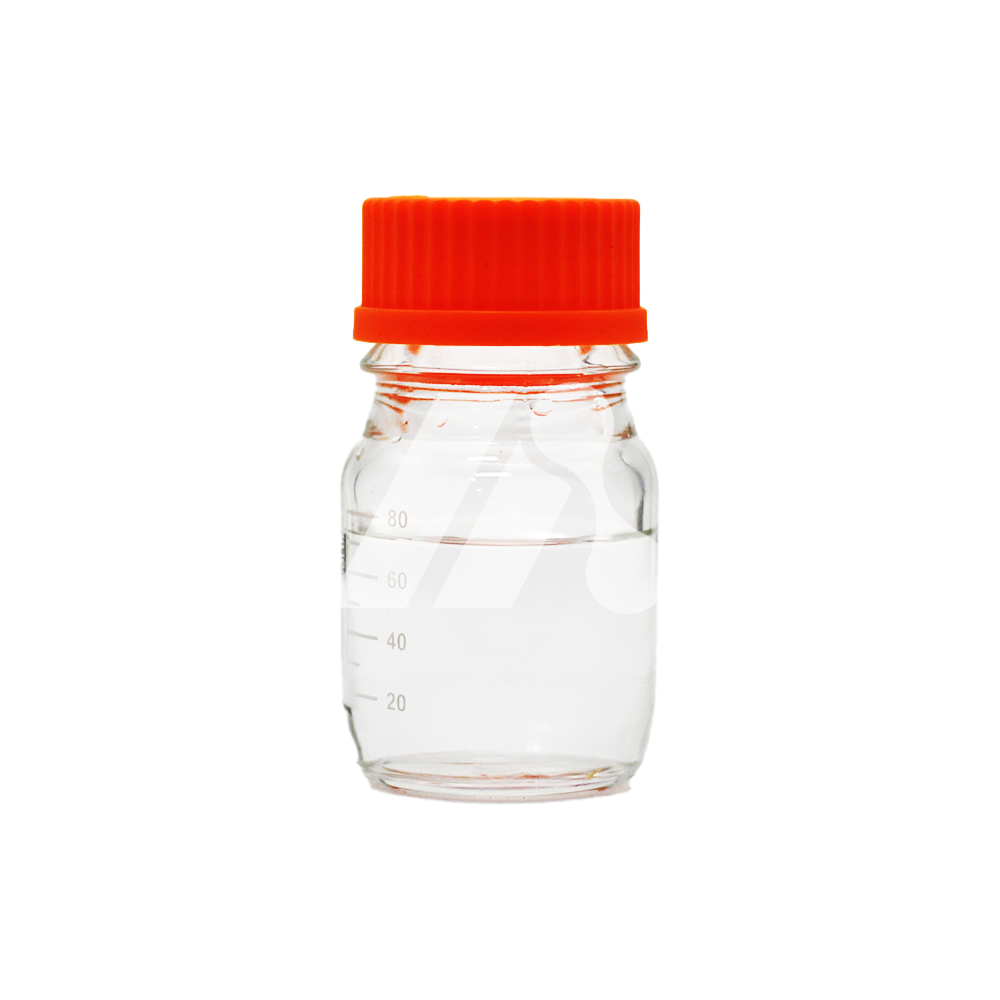 Pyridine 99.9%
Pyridine is used as an organic solvent, analytical reagent, and also used in organic synthesis industry, chromatography analysis, and as a raw material for extracting and separating pyridine and its homologues. It is a raw material for herbicides, pesticides, medicines, rubber additives, and textile additives. It can also be used in moisture determination, as a bacterial mutagen, alcohol denaturant, solvent for acylation reactions, and catalyst, etc.
CAS No.: 110-86-1
1 kg (MOQ)
Pyridine 99.9%
Pyridine is used as an organic solvent, analytical reagent, and also used in organic synthesis industry, chromatography analysis, and as a raw material for extracting and separating pyridine and its homologues. It is a raw material for herbicides, pesticides, medicines, rubber additives, and textile additives. It can also be used in moisture determination, as a bacterial mutagen, alcohol denaturant, solvent for acylation reactions, and catalyst, etc.
CAS No.: 110-86-1
1 kg (MOQ)
-
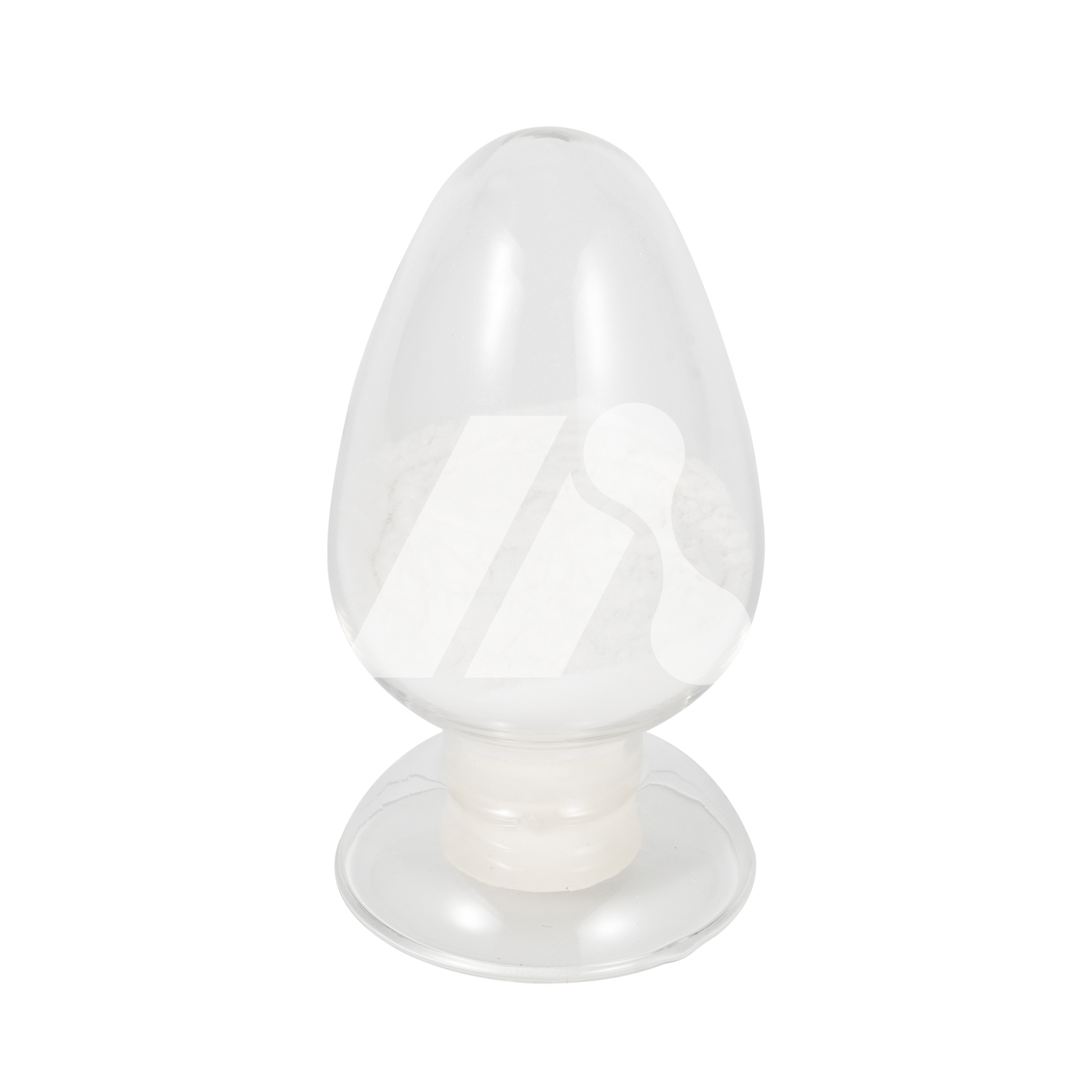 Methomyl-Oxime 98%
Methomyl oxime is a known environmental transformation product of Alanycarb.This product is an intermediate for the synthesis of methomyl technical material. 1-Methylthioacetaldehyde oxime is called methomyl oxime. It is an intermediate with considerable economic value and can be used to manufacture carbamate pesticides such as methomyl. Methylcarb, thiodimethiocarb and cotton bollcarb, etc.
CAS NO.: 10533-67-2
1 kg (MOQ)
Methomyl-Oxime 98%
Methomyl oxime is a known environmental transformation product of Alanycarb.This product is an intermediate for the synthesis of methomyl technical material. 1-Methylthioacetaldehyde oxime is called methomyl oxime. It is an intermediate with considerable economic value and can be used to manufacture carbamate pesticides such as methomyl. Methylcarb, thiodimethiocarb and cotton bollcarb, etc.
CAS NO.: 10533-67-2
1 kg (MOQ)

